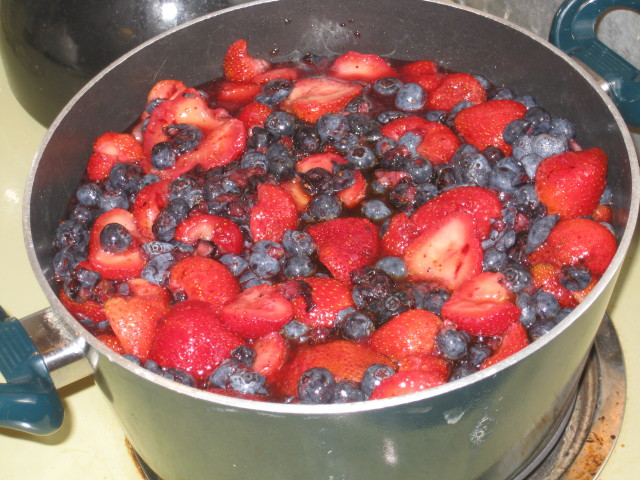
Summer and spring is the time of my favorite fruits. Some of them although they are available year around are pretty much taste like cucumber, with fruit flavor. Take for example the case of the peaches, the blueberries and the apricots. All of them can be available year around it the major markets, but during the winter they never tasted good. That ‘s why it is essential to capture the essence of those fruits, the aromas and the flavors. And there is a major method to do so. Making jam, preserves and jellies.
First of all let ‘s see the major differences between jams, jellies and preserves.
- Jam: Jam contains both fruit juice and pieces of the fruit’s (or vegetable’s) flesh, however some cookbooks define Jam as cooked and gelled fruit (or vegetable) purees. Properly, the term jam refers to a product made with whole fruit, cut into pieces or crushed. The fruit is heated with water and sugar to activate the pectin in the fruit. The mixture is then put into containers. The following extract from a US cookbook describes the process.
“Jams are usually made from pulp and juice of one fruit, rather than a combination of several fruits. Berries and other small fruits are most frequently used, though larger fruits such as apricots, peaches, or plums cut into small pieces or crushed are also used for jams. Good jam has a soft even consistency without distinct pieces of fruit, a bright color, a good fruit flavor and a semi-jellied texture that is easy to spread but has no free liquid.”
– Berolzheimer R.
- Jelly: In the U.S. and Canada, the term jelly refers to a type of clear fruit spread consisting of firmed fruit (or vegetable) juice made with pectin. In British English, these products are commonly referred to by the terms fruit spread or preserves, although jelly is also used in some instances, for example mint jelly. Jelly can be made from sweet, savory or hot ingredients. Jelly is made by a similar process to jam, with the additional step of filtering out the fruit pulp after the initial heating. A cloth “jelly bag” is traditionally used as a filter.
- Preserves: The term Preserves is usually interchangeable with Jam, however some cookbooks define Preserves as cooked and gelled whole fruit (or vegetable), which includes a significant portion of the fruit. While jams cannot be made for long term storage the preserves (following the mason jar procedure) can keep up to a year.
For this one post I will just add the recipe for the peaches. It is really no difference in the recipe between the peaches, the apricots, the blueberries and any other to-be-canned fruits. There are still some rules that you have to follow for successful jamming.
Rule #1: The fruit should have a hi ration of fiber to juice content. If not then by the time you will need to reduce you will burn the fruit, or at least overcook it. So good fruits for jamming are, peaches, berries, apricots, etc.
Rule #2: The ripen fruit should be soft and structure that will be falling apart in low or moderate heat. So for instance, apples and bananas that have high fiber juice ratio, are not good for jamming since their flesh even when ripen is not mashed by the heat easy, at least for low cooking times.
Rule #3: High pectin fruits are better. Pectin is the substance that makes everything gel. Pectin (from Greek πηκτικός – pektikos, “congealed, curdled”), a white to light brown powder, is a heteropolysaccharide derived from the cell wall of higher terrestrial plants. It was first isolated and described in 1825 by Henri Braconnot. It is mainly used in food as a gelling agent in jams and jellies. Today it is also used in fillings, sweets, as a stabilizer in fruit juices and milk drinks and as a source of dietary fiber in foods. The pectin will make the jam jamming… Meaning thickening it. For pectin to do its magic, it needs aid from sugar and acid. So based on the type of fruit you need to add, sugar or acid or both.
However, rule #3 should not prevent you of making jam, since pectin now is available in a package, ready to help you jam everything you want. So let ‘s review the peach jam
- Ripen peaches
- Sugar
- Juice from 1 lemon (2 tbsp)
- 1 tbsp of pectin
And that is all. I shouldn ‘t even give you the ratio. A good starting point it is to add 75% of the fruit weight in sugar. I usually add about 100%, but it easy to add more sugar than remove. The hardware however is very specialized and the process is very… not hard but a bit tedious. So let ‘s review the hardware
- 2 large pots
- 4-6 mason jars depending of course on how much you are making
- 1 tbsp of clorox
- Large open vessel.
Now let ‘s get started. Wash and pit the peaches while cutting them in quarters. It is not always easy to cut them equally since the pit sticks on the flesh, so just try to be as uniform as possible. Weight them and place them in a pot. Add about half of the peach weight in sugar. Let them overnight in the refrigerator. This step is necessary. This will pull out a lot of the water from the peaches. Don ‘t worry we are not gonna through it away. We need some liquid to help the heat transfer, if not the sugar or the sugar in the fruit will be burned. Burning sugar has a very strong smell and some bitterness, that although in the caramel is good it is not what you want from a jam. Adding water of course will prevent it from happening, but it will also increase the cooking time which will overcook the fruit and take away that great fruity taste. So it is essential to pull out the water from the peaches, that will eventually cook them.
The next day you will not believe how much liquid has come out. Now take the pot with the peaches and the peach liquid, and the sugar add more sugar (to reach to the 75% of the total peach weight) the pectin and the lemon juice. Cook over medium heat for a bout an hour using a silicone spatula to scrape the sides and the bottom. Sugar burns are nasty. Resist the urge to add spices or herbs. The only aroma should be peach. While cooking it will foam, but don ‘t bother skimming it, the foam will dissolve while cooling. When the fruit is completely mushy, turn it off and let it cool. Now is the time to try and adjust the sugar. If you try when hot, it will be overly sour, and you will add a lot of sugar to counter that, which will result in a very sweet jam. Bring it back to simmer and add the sugar if required. This is a good point to add a lemon peal. This will give some additional zest to the jam and the peal being packed with pectin will help the jam thicken a little bit. At this point place it in jars and store in the refrigerator or prepare to preserve it. In that case let it simmering while you turn your attention to the mason jars.

Before we talk about the canning process let ‘s talk about the mason jar. It is glass jar which has a unique lid. A tin lid with a rubber lip that is being held with a screw on ring like the one shown in the picture. The whole idea is to keep the content hot while putting the lid on top. The air in the jar will expand. Then you put the lid on top and screw it really tight. Now while cooling the air left inside will contact and will create a low vacuum. That vacuum will keep the jam fresh.
Fill the vessel with hot water and add the bleach. Put in there the mason jars and their lids in the bleachy water and let them in there for 15 min. Take them out rinse them with hot water and let them upside down on a rack ti dry. Do not wipe them dry; let them dry.

Sterilization oft the jars and lids.
Take the other pot add water and place in there some of the mason jars and bring it to a simmer. When the water starts bubbling, with a clean spoon add the jam in the jars. Fill them up to about 1/2 inch from the top. Place the lid and the ring on top, but do not seal. There is steam that has to escape. Let them simmer like that for 15 minutes. Remove them from the pot and tighten the lid. Let them on a rack to cool. While cooling, the air inside will contract and pull the lid down. You might hear the popping sound while the vacuum is generated. A perfectly sealed container should not yield or make popping sounds when pressed on top. If you have a half filled jar use it immediately, since the space inside the jar is too much and it will not create vacuum.
Although tasty, try to keep some for the winter. There is no better feeling when you open a jar of peach jam and letting the sun and the heat of the summer fill you in with flavors and aromas!


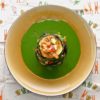
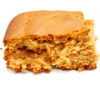
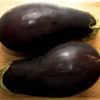
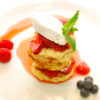
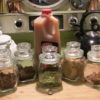
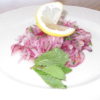

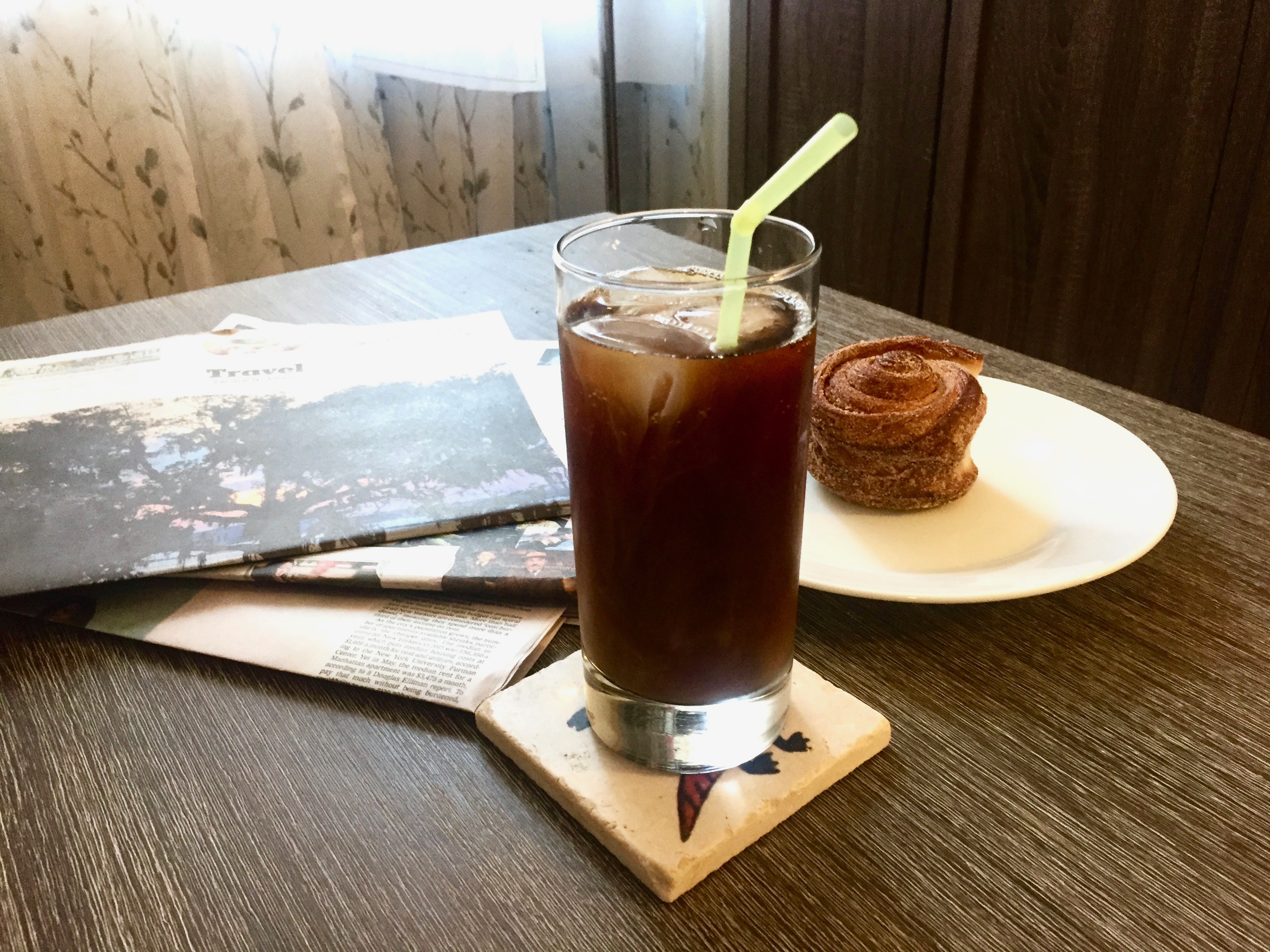
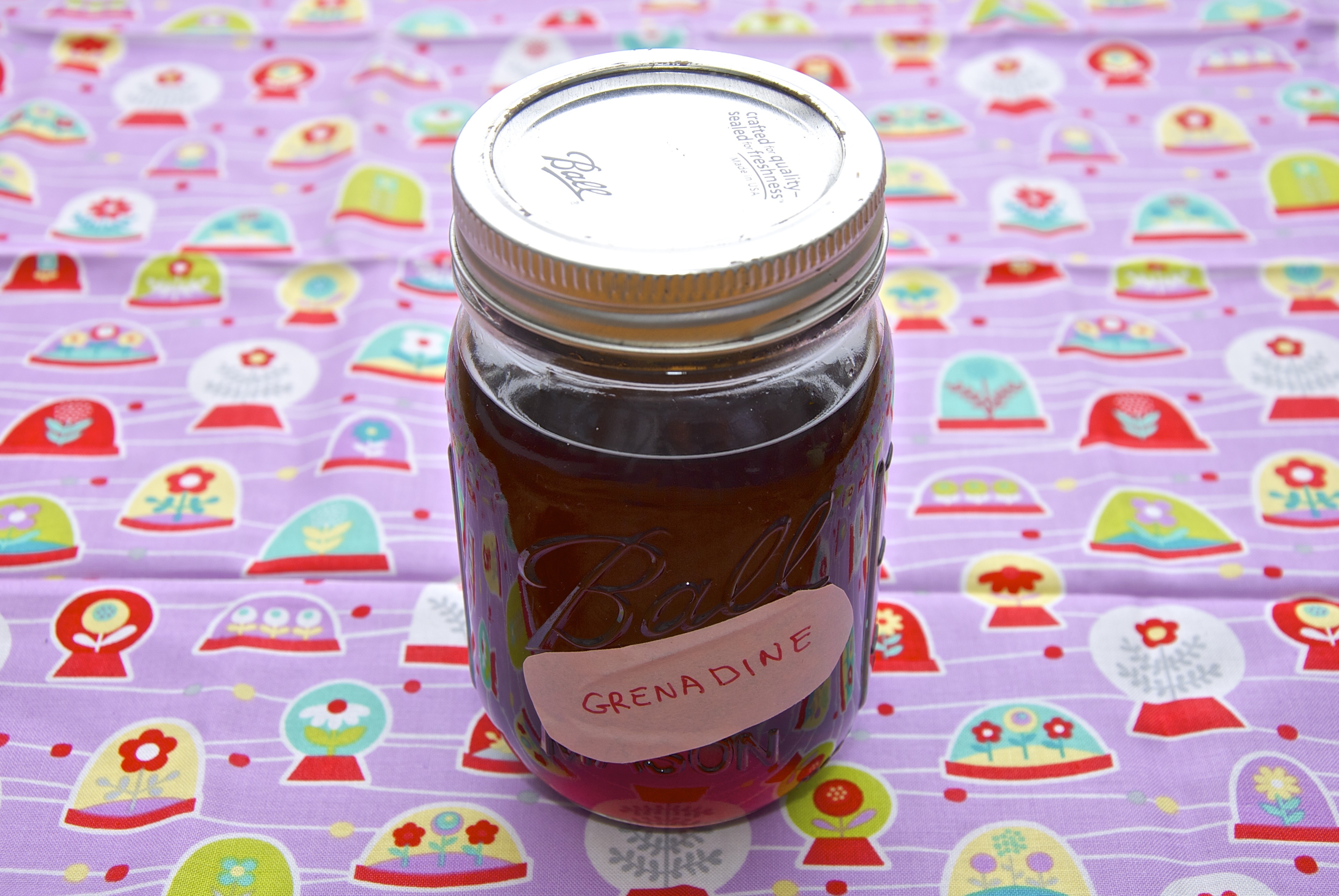
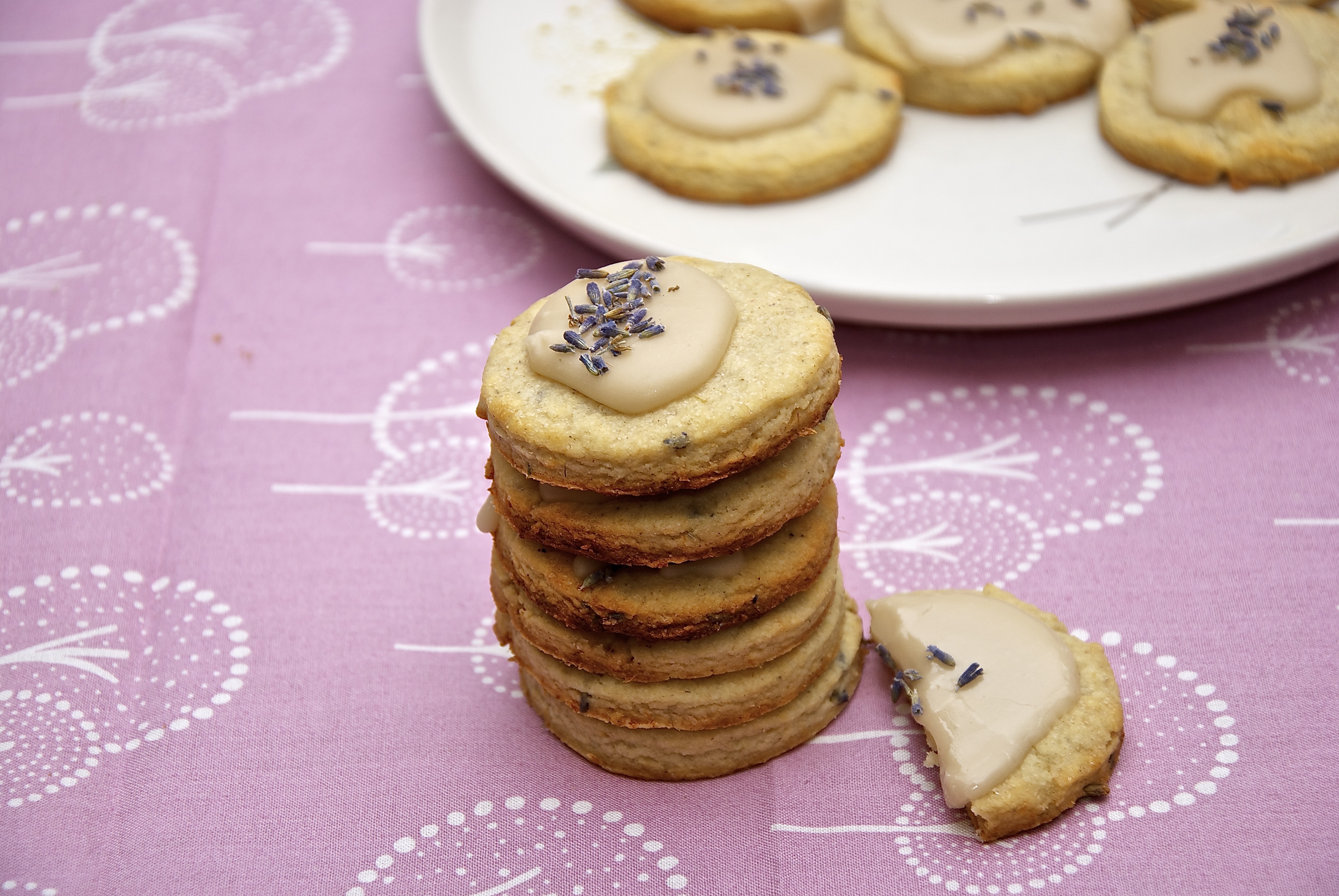
Leave a Reply